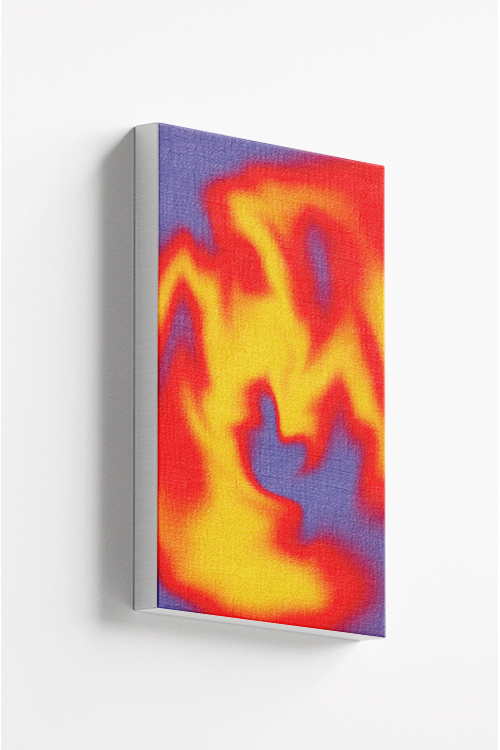
Explore the vibrant world of red and yellow hues in this abstract masterpiece. Let the bold colors and intricate details capture your imagination!

Explore the vibrant world of red and yellow hues in this abstract masterpiece. Let the bold colors and intricate details capture your imagination!
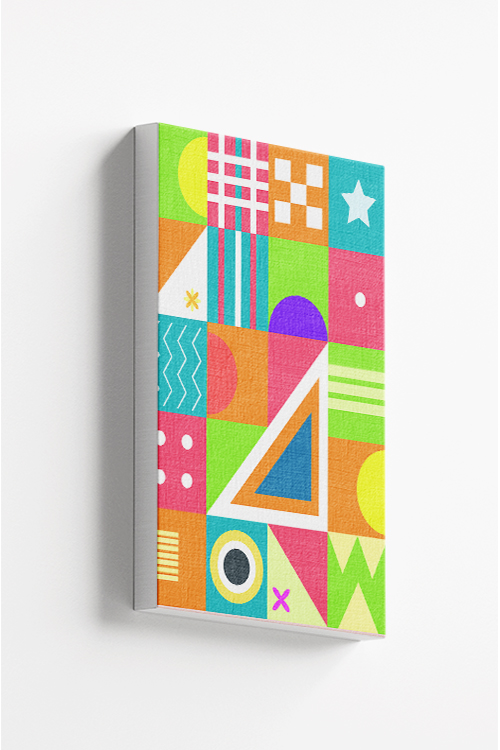
Get lost in the mesmerizing world of abstract patterns and vibrant colors. Let your imagination soar and embrace the beauty of art without boundaries.
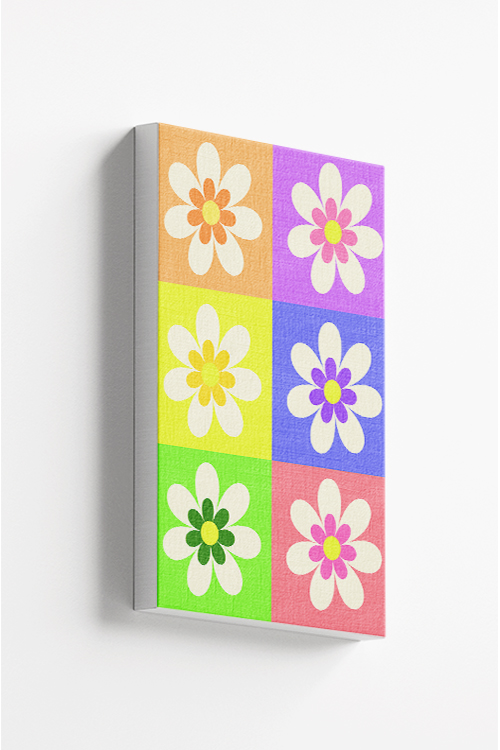
Indulge in the mesmerizing beauty of flowers, patterns, and colors. Let nature’s palette inspire your day with its vibrant hues and intricate designs.
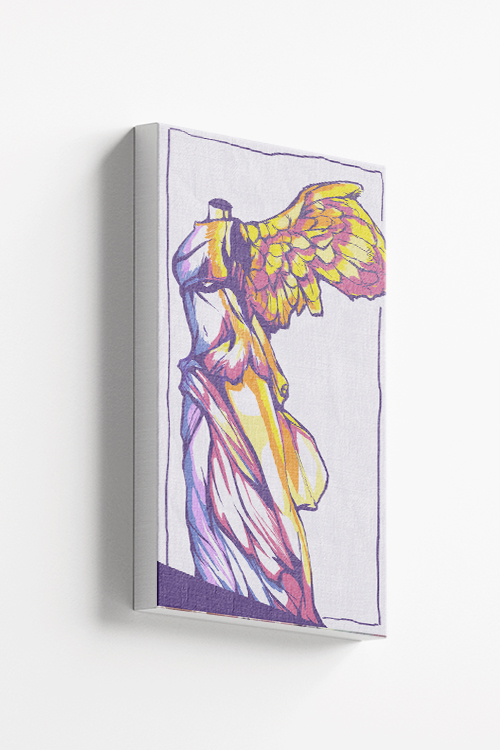
Mesmerizing hues dance across the canvas in this stunning piece of colorful headless angel art. A sight to behold and sparks inspiration.
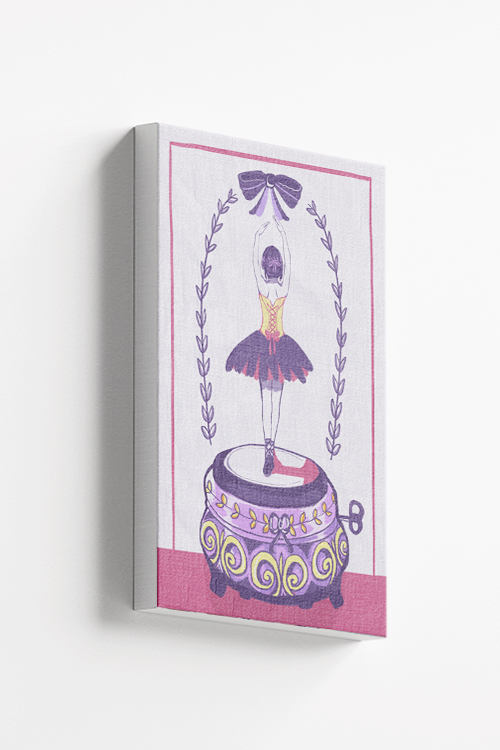
Dive into a world of enchantment with this vibrant and graceful ballerina art. Let the colors swirl around you in a dance of beauty and wonder.
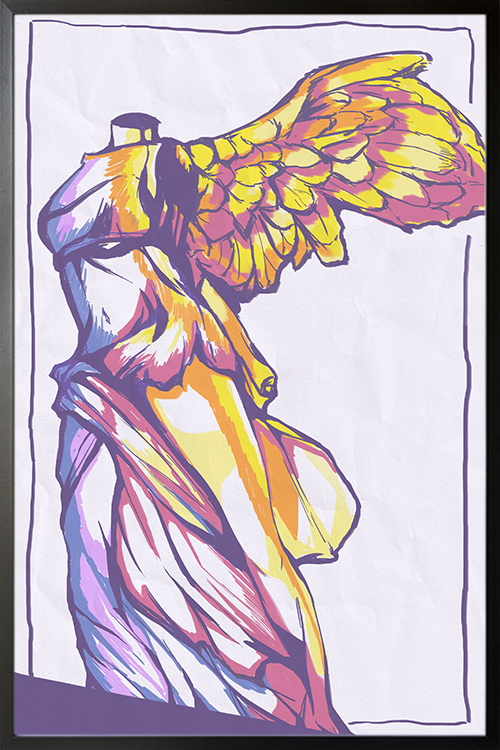
Mesmerizing hues dance across the canvas in this stunning piece of colorful headless angel art. A sight to behold and sparks inspiration.
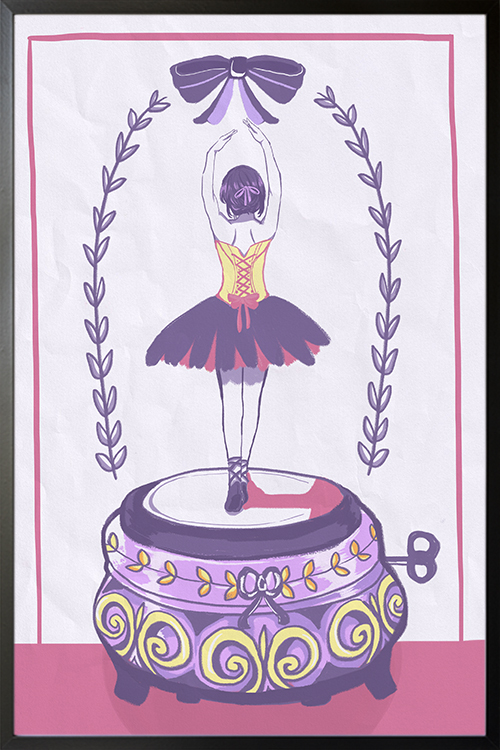
Dive into a world of enchantment with this vibrant and graceful ballerina art. Let the colors swirl around you in a dance of beauty and wonder.
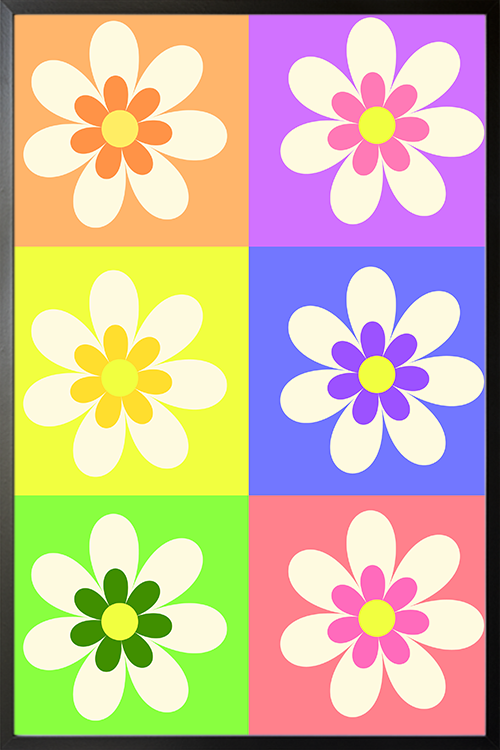
Indulge in the mesmerizing beauty of flowers, patterns, and colors. Let nature’s palette inspire your day with its vibrant hues and intricate designs.
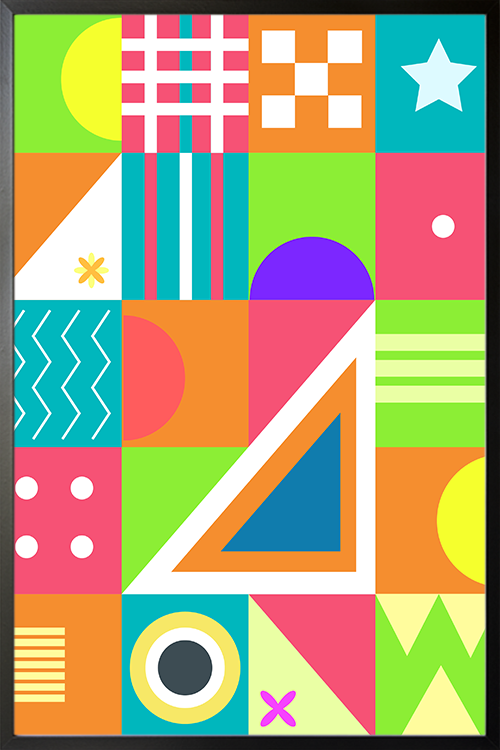
Get lost in the mesmerizing world of abstract patterns and vibrant colors. Let your imagination soar and embrace the beauty of art without boundaries.
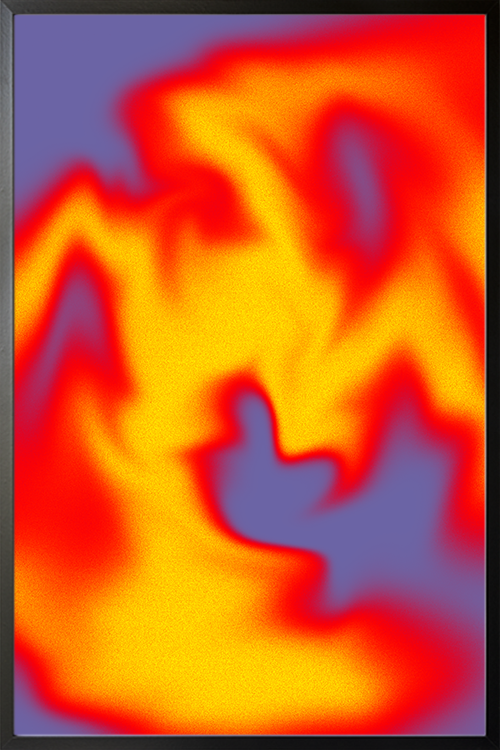
Explore the vibrant world of red and yellow hues in this abstract masterpiece. Let the bold colors and intricate details capture your imagination!